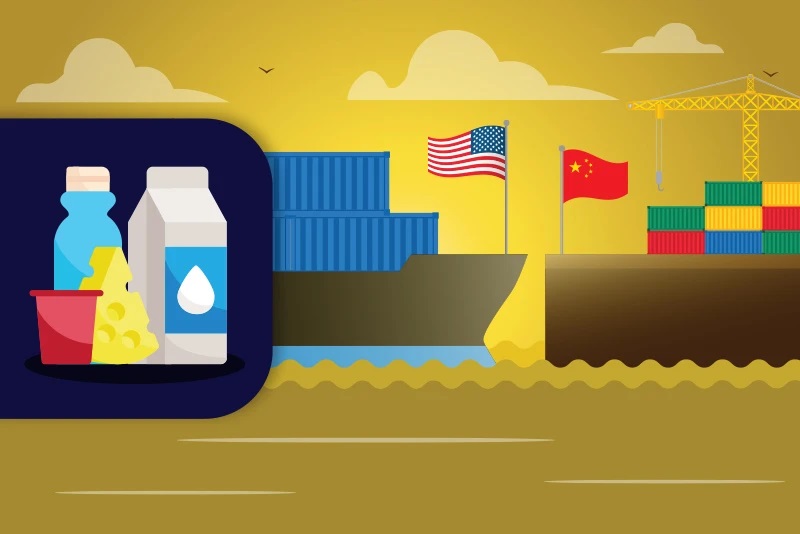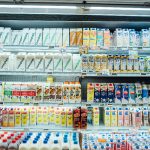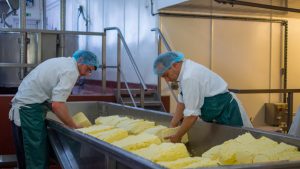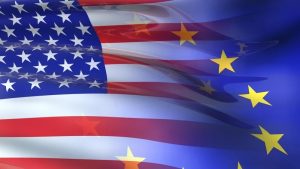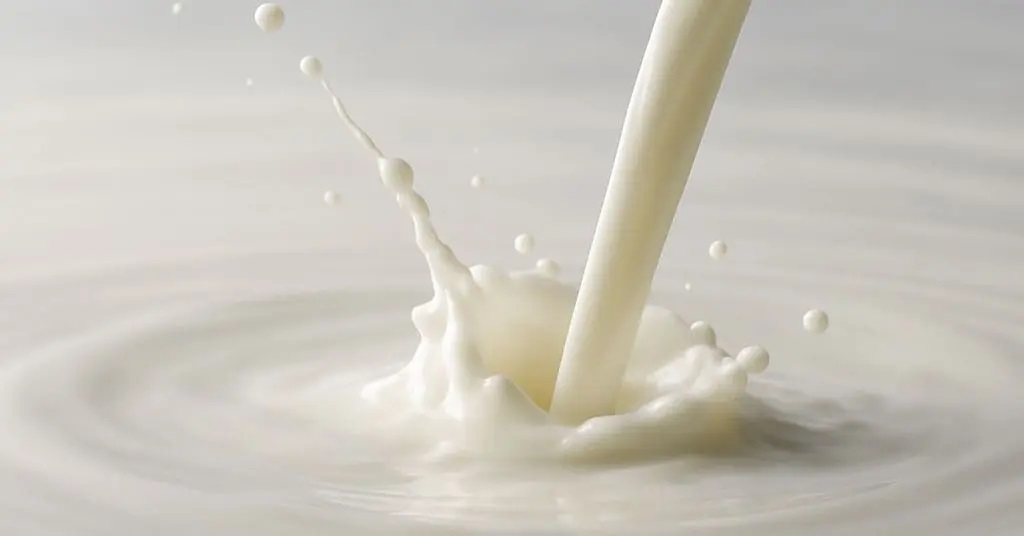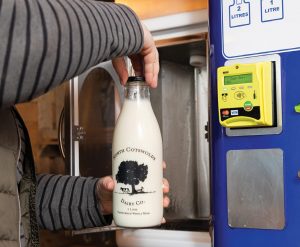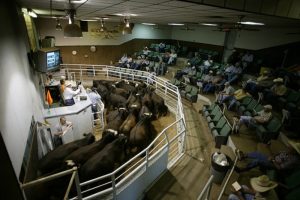
Rising tariffs between the U.S. and China are putting pressure on key dairy exports like whey and lactose, sparking concern over the potential of lost sales and falling prices.
Ongoing trade tensions and tariff negotiations between the U.S. and China are beginning to impact dairy markets, particularly for dry whey, whey permeate and lactose — products in which the U.S. is a leading global supplier.
More than half of U.S. dry whey and lactose production is shipped overseas, with China standing out as the largest buyer. But as trade disputes intensify, concern is growing that China might look elsewhere to meet its demand.
A Quick Tariff Recap
On April 2, President Donald Trump announced a new 34% tariff on goods imported from China into the U.S. Since then, that rate has increased to 84%. In response to the hike, China imposed a 34% retaliatory tariff on U.S. products entering the Chinese market.
But the back-and-forth retaliations didn’t end there. On April 9, the U.S. introduced further changes, announcing a 90-day pause on new tariffs for all countries except China, during which a universal 10% tariff would apply. However, for Chinese goods, tariffs are expected to increase to 125%.
U.S. Exports of Lactose and Whey
In 2024, the U.S. exported 409,000 metric tons (mt) of lactose, about 58% of the global market, according to a recent report from Rabobank. Of that, 110,000 mt were shipped to China, which accounted for 43% of total global lactose imports. In comparison, the European Union and United Kingdom combined exported only 33,000 mt of lactose to China.
While recent retaliatory tariffs are likely to put a dent in U.S. lactose exports to China, some volume may remain competitive. U.S. lactose is priced significantly lower, averaging around $834 per metric ton, compared to European prices, which range between $1,183 per metric ton and $1,918 per metric ton. Even with tariff retaliations, U.S. lactose could still offer better value in some segments when compared to the EU.
“The intensifying trade conflict between these two major trading partners could lead to shifts in lactose and whey trade, with potential export opportunities for Europe, Oceania and South America,” says Mary Ledman, global sector strategist for dairy at Rabobank.
“However, due to its competitive pricing, some U.S. lactose will likely still find a market in China. U.S. dry whey and permeate exports to China, on the other hand, are likely to fall significantly, with domestic U.S. prices for these commodities also declining,” Ledman says. “The trade war could result in lower prices for U.S. dairy producers, slimmer margins for traders and higher prices for Chinese end users and consumers.”
Phil Plourd, head of insights at Ever.ag, notes U.S. dairy exporters are already on edge.
“China takes a lot of U.S. whey products — dry whey, whey protein concentrates, permeate, lactose,” he says. “U.S. manufacturers and marketers had to be plenty concerned with the initial 34% levy announced by China late last week. Today, we’re up to 84%, which only makes things more challenging.”
Still, he acknowledges that the situation remains fluid, and both sides could be looking for ways to adapt.
“Even so, as is likely to be the case with many commodities and many countries, buyers and sellers are going to have to figure some things out,” Plourd says. “Do buyers have many immediate alternatives? Do sellers? Have buyers front-loaded, buying time for both sides to see how the dust settles? Over the short run, the unfolding actions aren’t a positive for prices. But it’s still early in this whole process.”
Will History Repeat Itself?
During a similar trade dispute in 2019, when China imposed a 25% tariff on U.S. whey products, U.S. exports of dry whey and permeate to China declined by 55%, and domestic prices fell by more than 35%. Lactose exports fell 33% during the same time period.
“When China implemented its 25% retaliatory tariff on U.S. imports in 2019, the U.S. dry whey market felt the brunt of this retaliation,” Ledman says. “At the time, China was also dealing with declining swine production due to an outbreak of African swine fever, resulting in lower whey and lactose exports to China for animal feed.”
However, with current tariffs now significantly higher than 2019, Ledman believes market pressure could be even more pronounced in the months ahead.
“RaboResearch expects the U.S. dry whey and corresponding milk markets to respond similarly to China’s new retaliatory tariffs in 2025, with the potential for more downside risk, given that the tariff is more punitive, totaling 36% as of April 10, and because the U.S. is experiencing an increase in production due to expanding cheese and whey production capacity.”
More Ripple Effects Likely to Come
As global trade flows adjust, there might be opportunities for Europe, Oceania and South America to expand their presence in the Chinese market. However, a mix of costs, product quality and supply constraints make this far from guaranteed.
In the meantime, the U.S.-China trade conflict adds another layer of uncertainty to global dairy markets.
You can now read the most important #news on #eDairyNews #Whatsapp channels!!!
🇺🇸 eDairy News INGLÊS: https://whatsapp.com/channel/0029VaKsjzGDTkJyIN6hcP1K
